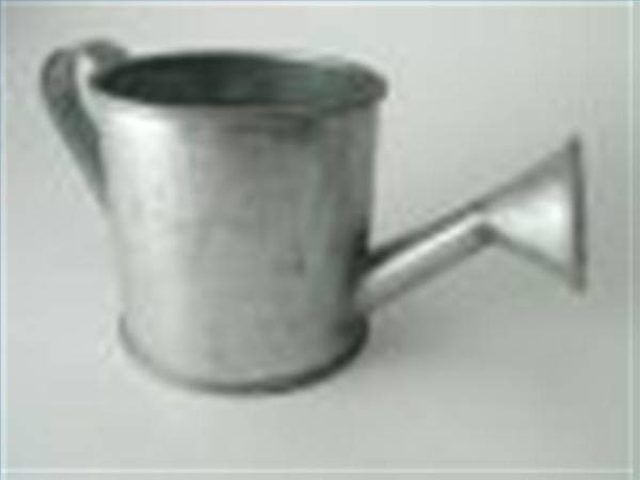Bulbs
Flower Basics
Flower Beds & Specialty Gardens
Flower Garden
Garden Furniture
Garden Gnomes
Garden Seeds
Garden Sheds
Garden Statues
Garden Tools & Supplies
Gardening Basics
Green & Organic
Groundcovers & Vines
Growing Annuals
Growing Basil
Growing Beans
Growing Berries
Growing Blueberries
Growing Cactus
Growing Corn
Growing Cotton
Growing Edibles
Growing Flowers
Growing Garlic
Growing Grapes
Growing Grass
Growing Herbs
Growing Jasmine
Growing Mint
Growing Mushrooms
Orchids
Growing Peanuts
Growing Perennials
Growing Plants
Growing Rosemary
Growing Roses
Growing Strawberries
Growing Sunflowers
Growing Thyme
Growing Tomatoes
Growing Tulips
Growing Vegetables
Herb Basics
Herb Garden
Indoor Growing
Landscaping Basics
Landscaping Patios
Landscaping Plants
Landscaping Shrubs
Landscaping Trees
Landscaping Walks & Pathways
Lawn Basics
Lawn Maintenance
Lawn Mowers
Lawn Ornaments
Lawn Planting
Lawn Tools
Outdoor Growing
Overall Landscape Planning
Pests, Weeds & Problems
Plant Basics
Rock Garden
Rose Garden
Shrubs
Soil
Specialty Gardens
Trees
Vegetable Garden
Yard Maintenance
How to Build a Pondless Water Feature
How to Build a Pondless Water Feature. Building a water feature for your deck, backyard or garden does not require that you build a pond. Water features can be as simple as a watering can flowing into a clay pot or a several containers tiered and bubbling amid your flowers. You can build a water feature in as little as an hour once you've assembled...

Building a water feature for your deck, backyard or garden does not require that you build a pond. Water features can be as simple as a watering can flowing into a clay pot or a several containers tiered and bubbling amid your flowers. You can build a water feature in as little as an hour once you've assembled your materials. Add ambiance and serenity to your patio or garden with an easy pondless water feature.
Things You'll Need
Watering can
Stake
Large clay pot or other reservoir container
Water pump
Small stones or river rock
Plumber's putty
Hook
Brace
Attach the hook to the top of the stake. Drive the stake into the ground wherever you plan to showcase your water feature. Your stake can be wood or metal, painted or left to appear rustic. Add a small brace or shelf to the stake that the front edge of the watering can will rest on.
Hang the watering can from the hook, tilting it forward as if you were watering your flowers. Attach the back and front edges of the bottom of the can to the stake and brace where it meets, using waterproof adhesive.
Position the reservoir beneath the spout of the watering can so that the water will flow into the container. If you're using a clay pot or planter, you will need to seal any holes with plumber's putty so that the reservoir is watertight.
Attach the plastic tubing to the pump and place the pump into the reservoir container. Run the tubing up the inside edge of the container that rests closest to the stake, adhering it to the container with waterproof adhesive. Continue running the tubing up the back of the stake and down into the top of the watering can. You can cover the stake and the tubing with a vine or plant.
Add stones or river rocks to the reservoir for stability and design. Fill the reservoir and the watering can with water before you turn on the pump. Make any adjustments necessary to the pressure of the pump so that the water flows into the reservoir.
Tips & Warnings
Hang the watering can from the stake and tilt it at different angles to find the one that looks best before you glue the edges.
If your pump is too strong, water may flow out of the can too fast.